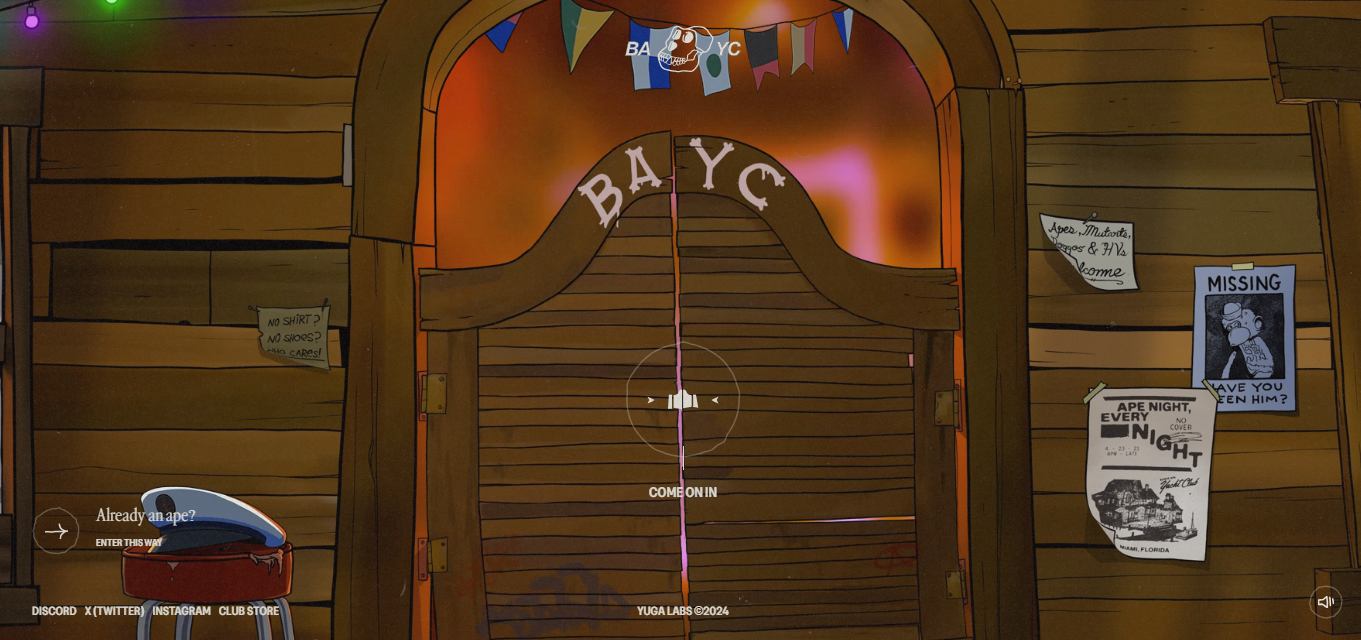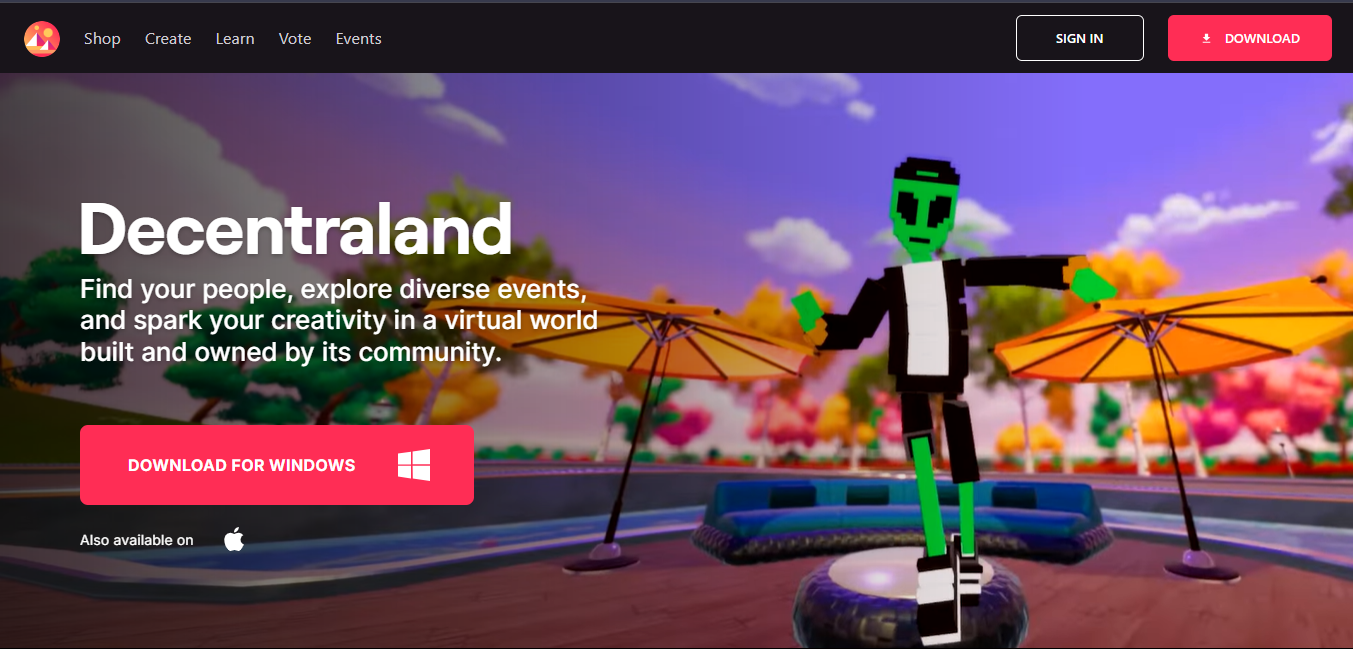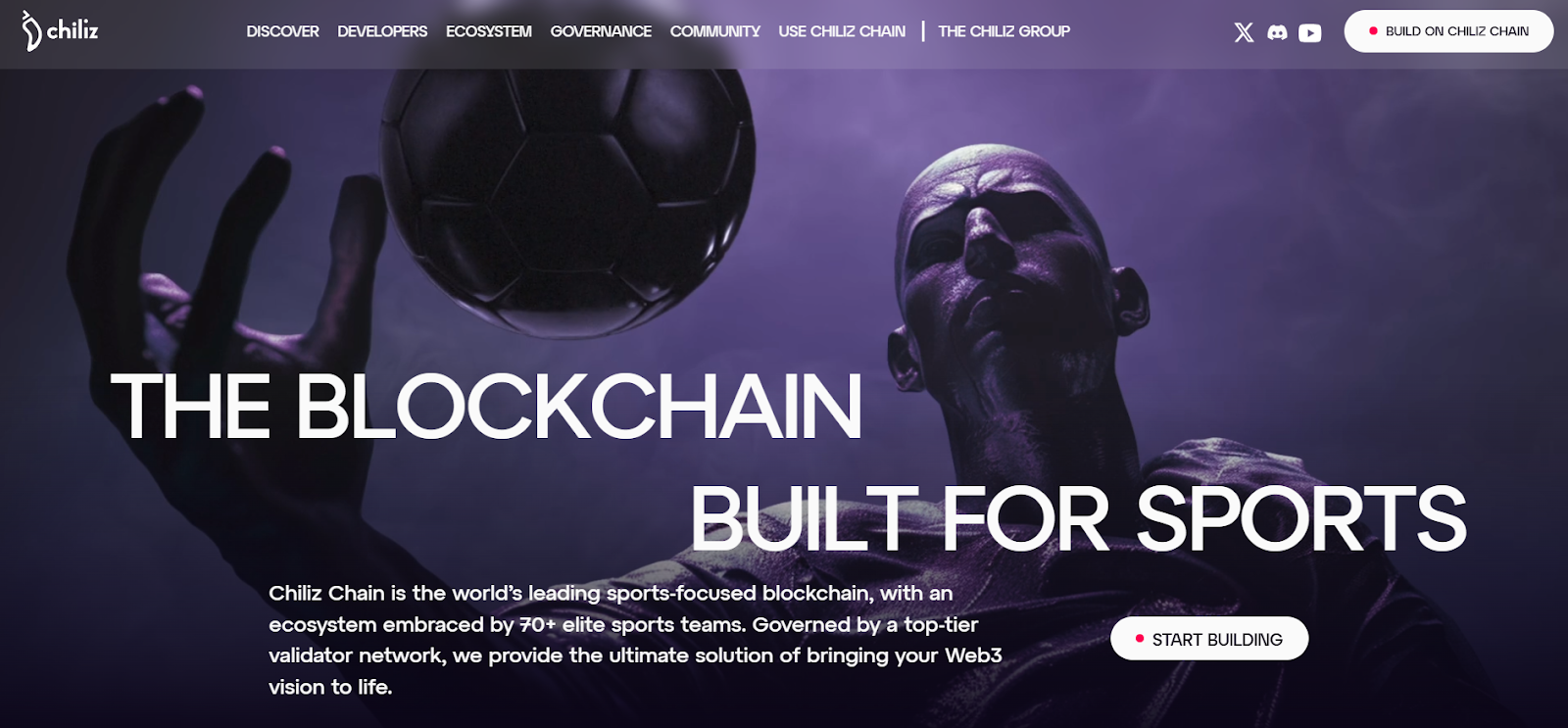nfts have regained a lot of their momentum recently, but a growing number of collectors and creators now focus on nft utility, which is practical, usable functionality that reaches far beyond digital collectibles. Instead of serving solely as unique digital assets, these utility nfts can grant holders tangible benefits, from exclusive events and merchandise to governance rights and revenue-sharing models.
By weaving in perks such as community engagement, on-chain identity verification, or direct connections to physical products, utility nfts elevate the ownership experience and the core value of that nft. This means that whether you’re a hardcore investor or an nft noob, it’s critical to have a clear understanding of how utility nfts represent a massive range of constantly evolving use cases, typically powered by smart contracts.
If that sounds a little complex, don’t worry, this post will simplify it all so you can easily explore the mechanics of utility nfts, their different categories, and the ways in which they inject meaning and productivity into your digital world.
What is a Utility nft?
A utility nft is a digital token offering specific advantages or functionalities beyond mere proof of ownership. Unlike traditional nfts, which might simply authenticate a piece of digital art or collectible, utility nfts can grant access to exclusive events, in-game items, or token-gated content. By leveraging blockchain technology and built-in features like smart contracts, utility nfts make it possible to merge virtual and real-world benefits, granting holders special rights or privileges.
For example, a utility nft might serve as a permanent pass to VIP sections at metaverse events or provide loyalty rewards for frequent transactions with partnered brands. These tokens could also enable holders to vote on proposals for decentralized autonomous organizations (known as DAOs), by signifying a stakeholder’s influence in decision-making processes. In some cases, utility nfts operate as partial ownership of virtual real estate or other digital properties, granting revenue-sharing or additional perks.
Put simply, utility nfts bring tangible benefits to nft owners. They transform what was once just a static digital asset into something more functional. As a result, they foster deeper relationships between creators, communities, and investors by ensuring an nft’s value isn’t purely speculative but also tied to practical and ongoing use.
How do Utility nfts work?
Utility nfts rely on blockchain technology to ensure transparent ownership, immutability, and authentic usage rights. At the most basic level, each nft stores critical data on a decentralized blockchain, allowing anyone to verify its origin, history, and uniqueness. Smart contracts further expand these capabilities by automating the token’s special features. In one real-world application, a utility nft might unlock exclusive access to an event or platform once it’s transferred into your compatible wallet, thanks to special programming code that verifies eligibility and grants privileges accordingly.
In the gaming space, utility nfts operate as unique keys to digital assets like special items, weapons, characters, or entire in-game worlds. Rather than the tiered subscription model, or having to unlock content by grinding on central servers, nft holders are the provable owner of the virtual item and can use or transfer it freely.
Similarly, for virtual real estate applications, owning a utility nft might let you control a parcel of land in a blockchain-based world—offering rental income, voting rights in a virtual community, or the power to host metaverse gatherings.
Another major advantage is that these tokens can be programmed to distribute loyalty rewards or perks under certain conditions, ensuring ongoing engagement for a brand or nft project. With each transaction, the nft’s built-in contract can trigger actions like airdrops, exclusive access passes, or even membership upgrades. Since ownership records are public, community members can validate claims around limited-edition assets without trusting a central authority.
Types of Utility nfts
Utility nfts can serve a wide range of functions, each bringing unique advantages to nft holders. Whether granting exclusive access to in-person events, bridging the gap between physical goods and digital assets, or even bestowing governance privileges, these tokens reshape what’s possible in the nft market. Below are seven major categories of utility nfts, highlighting how utility nfts operate in diverse contexts.
Event Tickets & Exclusive Access
One of the most popular and straightforward uses of utility nfts is as event tickets that offer exclusive access. Rather than relying on traditional ticketing services (historically targeted for counterfeiting or scalping), blockchain technology ensures verifiable ownership and limited supply.
An nft holder simply connects their wallet at the venue or online portal, proving they possess the correct token. This provides entry to everything from concerts to metaverse events, cutting out middlemen and reducing fraud. Some projects add further perks, like backstage passes, meet-and-greets, or special merch drops linked to the nft itself.
Gaming & Virtual Worlds
In the gaming sector, utility nfts transform digital items from static collectibles into dynamic assets with real in-game functionality. Players can wield them as unique weapons or characters, and these tokens often remain valid across multiple virtual worlds, thanks to interoperable smart contracts. Moreover, items representing virtual real estate can be bought, sold, or rented, creating entirely new economies. Because ownership is on-chain, gamers truly control their assets, preventing the risk of losing purchases if a game server shuts down.
Membership & Community Tokens
Membership nfts give holders entry to private clubs, online forums, or VIP experiences, often with tiered benefits to reward levels of involvement. In such ecosystems, utility nfts represent digital membership badges and grant perks like direct communication with creators, early alpha releases, or special invitations to IRL gatherings.
One common practice is for a DAO to distribute membership tokens that let participants vote on proposals or claim revenue shares. These tokens can be sold or transferred on secondary markets, meaning access can shift hands. Unlike conventional subscription models, members maintain ownership and a stake in the community’s growth trajectory.
Digital Collectibles with Added Utility
Digital collectibles have long been the backbone of the nft scene, but nft utility can push them beyond mere display items. Creators can embed real-time updates, hidden content, or evolving artwork that changes based on certain milestones.
To fuel engagement, an nft might reveal new traits each time a holder completes tasks in a linked metaverse or puzzle game. Some collectible nfts grant holders additional perks like token airdrops, loyalty points, or even discounted rates on future drops.
This turns what was once a static piece of art into an interactive gateway, and the higher rates of engagement provide greater ongoing value for both the owners and the creators, making them much different than your typical “buy and forget” collectibles.
Physical Product Integration
Bridging digital tokens with real-world items is another rising trend, ensuring that utility nfts go beyond virtual spaces. When an nft aligns with a physical product—say, limited-edition sneakers or a rare bottle of wine—it creates a verifiable link between the item and its digital certificate on the blockchain.
Owners can prove authenticity, track provenance, and, in some cases, even claim direct ownership transfer if they decide to resell. Not only that, but designers have the option to include special benefits, like lifetime repairs, and exclusive or limited style updates, directly into the code of the utility nft.
Identity Verification & Ownership
Utility nfts offer a solution by acting as unique identifiers on a decentralized blockchain technology framework. These tokens might verify user status in an online community or serve as your passport for an entire metaverse, granting or restricting access to specific areas. They may also reflect ownership of intangible assets, like domain names or brand logos. This cuts down on fake accounts, fosters trust among community members and secures personal data without traditional central authority gatekeepers.
DeFi & Financial Instruments
Beyond art or gaming, utility nfts are finding a place in DeFi. They can symbolize positions in liquidity pools, tokenizing the exact share and earning portion an investor holds. Users might stake these nfts as collateral, tapping into advanced financial instruments that merge liquidity mining with digital collectibles. Certain nfts even distribute yields or governance rights tied to DeFi protocols, allowing holders to influence fee structures, reward distribution, or other key parameters.
Essentially, the nft can become an incredibly dynamic investment vehicle, reflecting real-time earnings or changing supply curves. As DeFi grows over the next several years, nft-based representation with broader financial logic will open up wild new frontiers for tokenomics.
Top nft Utility Examples
Many nft collections go beyond static images by embedding meaningful real-world or digital benefits. These examples demonstrate how creators integrate perks such as metaverse event access, sports merchandise, and loyalty programs directly into their nfts. Each approach adds value and broadens the utility for token holders, showing how digital assets can reshape user experiences.
Metaverse Events & Gatherings
Metaverse platforms hosting live concerts, fashion shows, or social meetups are prime examples of nft utility in action. A utility nft can act like a virtual ticket, giving owners priority entry or special seating in the event’s digital venue. Certain virtual worlds also reward attendees with special nfts or tokens for active participation, making the experience more engaging.
Beyond entertainment, these events may include panels, networking sessions, or brand showcases, expanding how people interact online. Utility nfts offer both a collectible record of the occasion and tangible perks such as unique in-event activities or merch access.
Sports Partnerships & Exclusive Merchandise
Utility nfts can help fans connect more closely with teams, players, or leagues. A team-branded nft can give holders perks like priority ticket sales, player meet-and-greets, or limited-edition merchandise.
Certain tokens function as loyalty passes, providing discounted items or VIP sections within stadiums. Some fans also gain a voice in minor club decisions, bridging the gap between fandom and governance.
Tangible Rewards & Loyalty Programs
Brands and businesses are exploring utility nfts that reward loyal patrons for frequent purchases or community involvement. A coffee franchise might mint tokens that grant holders free refills or special drink menus. An e-commerce platform could offer nfts that include step-up discounts or private early-bird announcements for new items.
These digital assets act like next-generation loyalty cards and can be easily traded on secondary markets if a user decides to pass on their benefits. By incorporating features such as transparent ownership and trackable usage, companies can build more meaningful, long-term relationships with their core customers.
DAO Governance & Voting
Groups operating as DAOs can distribute utility nfts that convey decision-making power. Instead of relying on fungible tokens, nft-based governance can assign distinct voting rights or unique privileges linked to on-chain identity.
Holders propose and vote on issues ranging from budget allocations to community event planning, shaping the future of the DAO. Ownership of these nfts may include additional rewards, such as revenue sharing or early access to upcoming projects.
Popular nft Utility Projects
Certain projects stand out for pushing the boundaries of what nfts can offer, forging deeper ties between collectors, creators, and brands. From private clubs to immersive virtual worlds, these projects spotlight the unique ways blockchain technology can deliver ownership benefits.
Bored Ape Yacht Club

Bored Ape Yacht Club (BAYC) is one of the most recognized utility-focused nft collections. It offers holders more than just profile pictures, such as access to exclusive merch drops, private online lounges, and real-life meetups. The project has hosted events at major crypto conferences, forming tight circles of social interaction around the BAYC brand.
Over time, the ecosystem has expanded with companion collections and enhanced perks for owners, including IP rights for ape images. This mixture of offline gatherings, digital engagements, and collaborative expansions illustrates how nft ownership can lead to real benefits and a strong sense of community identity.
Decentraland – Virtual Property

Decentraland is a virtual land platform where users hold parcels of digital real estate as nfts on ethereum. Owners can develop interactive spaces such as art galleries, games, or themed experiences, then trade or lease parcels freely in a marketplace. This environment functions as a central hub for online social events, commerce, and user-generated content. By tying land rights to an nft, Decentraland enforces genuine digital ownership while giving creators, brands, and casual participants ways to monetize or share their parcels.
Chiliz – Fan Tokens

Chiliz is a blockchain-based sports and entertainment platform featuring utility tokens known as fan tokens. These tokens let supporters vote on club decisions, such as jersey designs or team slogans, and they also grant additional perks like exclusive merchandise or behind-the-scenes content.
Through the Socios.com app, users can buy, trade, and stake tokens tied to their favorite teams. By merging interactive voting with real rewards, Chiliz transforms the fan experience from passive observation into active participation.
Final Thoughts
Utility nfts are revolutionizing how people interact with digital assets. Instead of functioning as mere collectibles, these tokens offer real and practical advantages, such as gated event entries, collaborative governance, and tangible perks like discounts or physical products.
The result is a richer, more dynamic nft market, where projects move beyond speculation into meaningful, lasting engagement with their bases. As innovation accelerates, creators and brands will likely explore more inventive ways to merge on-chain ownership with off-chain value.
FAQs
What is an nft used for?
Today’s nft projects integrate multiple applications, such as granting entry to live or metaverse events, providing loyalty rewards to long-term community members, or functioning as assets in blockchain-based games. In certain cases, nfts represent ownership of a unique digital or physical item, such as real estate or limited-run merchandise. By embedding these extra functions within the nft, holders can benefit from exclusive perks, on-chain governance, or secondary market trading opportunities.
What is a utility in crypto?
Utility in crypto describes any added function that provides a clear benefit beyond mere ownership or speculative value. Well-designed utility draws active users, strengthens community networks, and offers tangible reasons to hold a token.
What is the best nft utility?
The best nft utility depends on a project’s overall vision and the needs of its community. Some collectors favor membership-based tokens that unlock private social spaces or VIP status at events. Others prefer gaming nfts that offer in-game power-ups or special characters. Ultimately, a strong nft utility delivers tangible, ongoing value, fosters consistent user engagement, and aligns incentives among token holders, developers, and affiliated partners. It should meet real needs, incentivize participation, and maintain robust demand for the token over the long term.





